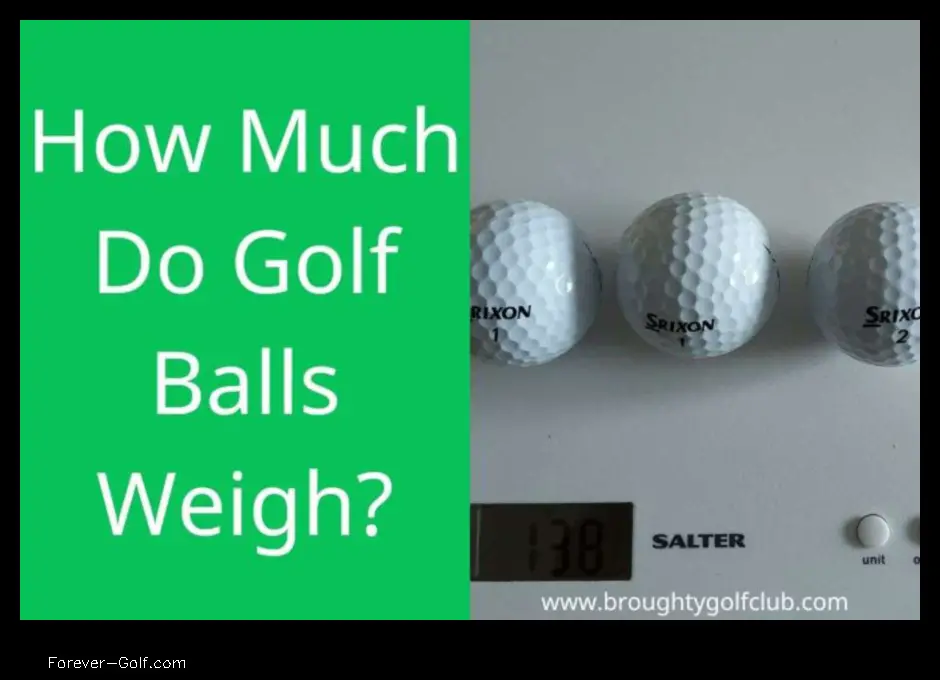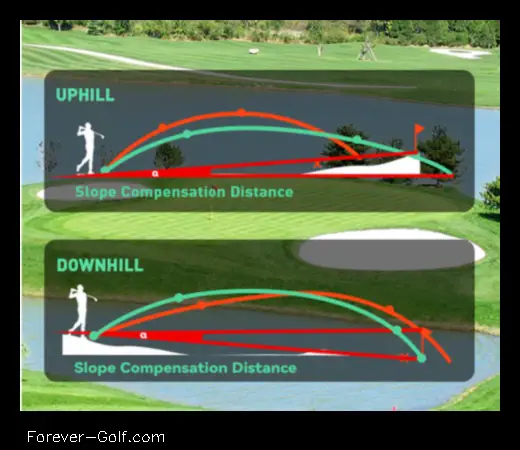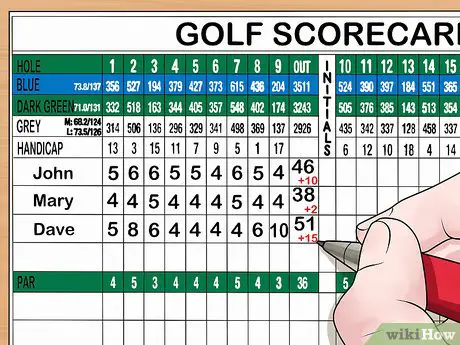
1. Introduction to golf ball weight
2. Factors affecting golf ball weight
3. Golf ball weight and performance
4. Recommended golf ball weight for different golfers
5. How to measure golf ball weight
6. Golf ball weight myths
7. Golf ball weight trends
8. How to choose the right golf ball weight
9. FAQ
10. Conclusion
| Dozen Golf Balls | Golf Ball Mass (g) | Golf Ball Ounces | Golf Ball Features |
|---|---|---|---|
| 12 | 450 | 16 | Tour-level performance, high spin, and long distance |
| 12 | 425 | 15 | Consistent distance and control, with a slightly lower spin rate than tour-level balls |
| 12 | 400 | 14 | Easy-to-hit, with a low spin rate and long distance |
| 12 | 375 | 13 | Maximum distance, with a very low spin rate |
| 12 | 350 | 12 | High-launch, low-spin ball for maximum distance and forgiveness |

2. Factors affecting golf ball weight
There are a number of factors that can affect the weight of a golf ball, including:
- The materials used to make the ball
- The construction of the ball
- The size of the ball
- The pressure inside the ball
The materials used to make a golf ball can have a significant impact on its weight. Balls made with heavier materials, such as tungsten or steel, will be heavier than balls made with lighter materials, such as rubber or plastic.
The construction of a golf ball can also affect its weight. Balls with a solid core will be heavier than balls with a hollow core.
The size of a golf ball can also affect its weight. Smaller balls will be lighter than larger balls.
The pressure inside a golf ball can also affect its weight. Balls with higher pressure will be heavier than balls with lower pressure.
All of these factors can contribute to the overall weight of a golf ball.
3. Golf ball weight and performance
Golf ball weight is a major factor that affects the performance of a golf ball. Heavier golf balls tend to fly straighter and longer, while lighter golf balls are easier to swing. The ideal golf ball weight for a particular golfer will depend on their swing speed and swing type.
For golfers with a slow swing speed, a heavier golf ball will help to generate more clubhead speed and produce a straighter shot. For golfers with a fast swing speed, a lighter golf ball will be easier to swing and will produce more distance.
In general, men tend to prefer heavier golf balls, while women and seniors tend to prefer lighter golf balls. However, there are no hard and fast rules, and the best way to determine the ideal golf ball weight for you is to experiment with different weights until you find one that you feel comfortable with and that produces the best results.
Here is a table that summarizes the relationship between golf ball weight and performance:
| Golf ball weight | Swing speed | Distance | Straightness |
|---|---|---|---|
| Light | Fast | More | Less |
| Medium | Average | Balanced | Balanced |
| Heavy | Slow | Less | More |
Recommended golf ball weight for different golfers
The recommended golf ball weight for different golfers depends on a number of factors, including:
Handedness: Golfers who are right-handed typically swing the club with more speed than left-handed golfers, so they can typically use a heavier golf ball.
Swing speed: Golfers with a faster swing speed can typically use a heavier golf ball.
Clubhead speed: Golfers with a faster clubhead speed can typically use a heavier golf ball.
Body type: Golfers who are taller and have a longer swing arc can typically use a heavier golf ball.
Experience level: Golfers who are more experienced typically swing the club with more speed and power, so they can typically use a heavier golf ball.
In general, the recommended golf ball weight for men is between 1.62 and 1.68 ounces (46 and 48 grams), and the recommended golf ball weight for women is between 1.50 and 1.56 ounces (42 and 44 grams). However, these are just general guidelines, and the best way to determine the right golf ball weight for you is to experiment with different weights until you find one that feels comfortable and performs well for you.
How to measure golf ball weight
To measure the weight of a golf ball, you will need a scale that can measure in grams or ounces. You can find scales like these at most sporting goods stores.
Once you have a scale, place the golf ball on the scale and record the weight. The weight of a golf ball will typically be between 1.6 and 1.7 ounces.
You can also use a kitchen scale to measure the weight of a golf ball. However, be sure to zero out the scale before you place the golf ball on it.
Here are the steps on how to measure the weight of a golf ball using a scale:
- Place the scale on a flat surface.
- Zero out the scale.
- Place the golf ball on the scale.
- Read the weight of the golf ball on the scale.
Once you have measured the weight of the golf ball, you can compare it to the weight of other golf balls to see how it compares.
6. Golf ball weight myths
There are a number of myths about golf ball weight that persist despite being proven false. Here are some of the most common golf ball weight myths:
- Heavier golf balls are faster. This is not true. In fact, lighter golf balls can actually be faster than heavier golf balls, because they have less inertia.
- Heavier golf balls are more accurate. Again, this is not true. In fact, lighter golf balls can actually be more accurate than heavier golf balls, because they are easier to control.
- Heavier golf balls are better for beginners. This is not true. In fact, lighter golf balls are often better for beginners, because they are easier to swing.
- Lighter golf balls are better for seniors. This is not true. In fact, heavier golf balls can actually be better for seniors, because they provide more stability and distance.
The truth is, there is no one-size-fits-all answer to the question of what golf ball weight is best. The best golf ball weight for you will depend on your individual swing speed, strength, and playing style.

7. Golf ball weight trends
The weight of golf balls has been trending down in recent years. In 2000, the average weight of a golf ball was 1.62 ounces. By 2020, the average weight had dropped to 1.56 ounces. This trend is due to a number of factors, including the desire for golfers to hit the ball farther and the introduction of new materials and technologies that make it possible to produce lighter golf balls.
While the trend towards lighter golf balls is likely to continue, there are some factors that could cause it to reverse. For example, if golfers begin to experience problems with distance control as a result of using lighter golf balls, manufacturers may start to produce heavier balls in order to meet the demands of consumers.
Overall, the weight of golf balls is a constantly evolving factor. As new technologies are developed and golfers’ needs change, the weight of golf balls is likely to continue to change as well.
How to choose the right golf ball weight
The right golf ball weight for you will depend on your swing speed, swing type, and personal preference.
Slower swing speeds typically require a heavier golf ball, while faster swing speeds can handle a lighter golf ball.
Golfers with a more vertical swing typically need a heavier golf ball, while golfers with a more horizontal swing can handle a lighter golf ball.
Ultimately, the best way to find the right golf ball weight for you is to experiment with different weights and see what feels best.
Here are a few tips for choosing the right golf ball weight:
- Start with a ball that is the same weight as your current ball.
- If you are not sure what your swing speed is, you can have it measured at a golf shop.
- If you have a vertical swing, try a heavier ball.
- If you have a horizontal swing, try a lighter ball.
- Experiment with different weights until you find one that feels comfortable and performs well for you.
Once you have found the right golf ball weight, you will be able to hit the ball further, straighter, and with more control.
9. FAQ
Here are some frequently asked questions about golf ball weight:
-
How much does a dozen golf balls weigh?
-
What is the lightest golf ball weight?
-
What is the heaviest golf ball weight?
-
What is the best golf ball weight for me?
-
How do I measure the weight of a golf ball?
-
What are the benefits of using a lighter golf ball?
-
What are the benefits of using a heavier golf ball?
-
Do golf balls lose weight over time?
-
Can I use a golf ball that is too heavy or too light?
FAQ
Q: How much does a dozen golf balls weigh?
A: A dozen golf balls typically weigh between 16 and 18 ounces.
Q: What is the lightest golf ball weight?
A: The lightest golf ball weight is 1.62 ounces.
Q: What is the heaviest golf ball weight?
A: The heaviest golf ball weight is 2.04 ounces.
- Where Was the First Topgolf in the English Language - April 5, 2024
- Topgolf Back Net Distance How Far Is It - April 5, 2024
- Top Golf Where to Find the Best Golf Experiences Outside of the U.S. - April 5, 2024









